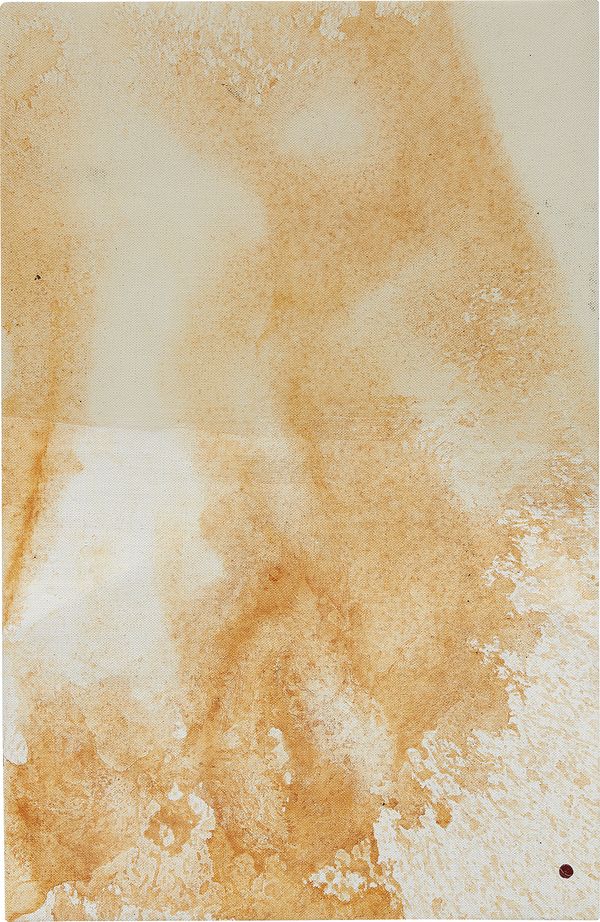Andy Warhol "Giant" Size and Andy Warhol Catalogue Raisonné, Paintings 1976-1978 - Volume 5 (Phaidon, October 2018) on Fernando Campana and Humberto Campana Prototype "Labirinto" bookshelf, 1997
Over a decade after becoming a household name in the early 1960s, Andy Warhol kept up a concerted effort to make sweeping changes in his work. In 1976, when Thomas Ammann approached Warhol with the idea of assembling a catalogue raisonné of his work, Warhol, then 48 years old, was in the middle of his career. At the time, it was eight years since Warhol had been shot by Valerie Solanas on June 3, 1968 at the Factory, and four years since Warhol had returned to painting after his self-imposed hiatus from creating the silkscreen paintings that had catapulted him to fame in the early 1960s. Having returned to painting in 1972 in the form of Celebrity Portraits and Mao series, Warhol in the mid-1970s longed for a stimulation of new ideas and seemed intent to launch a radical metamorphosis of his practice.
In the early '70s Andy's studio was in transition, the craziness of the Silver Factory was gone. – Vincent Fremont
Vincent Fremont, former executive studio manager of Warhol's Factory, participates in a panel alongside art critic Blake Gopnik, the Whitney Museum of American Art's Donna De Salvo and moderator Arnold Lehman.
As the catalogue raisonné explains in its introduction to this seminal period, "Between 1976 and 1978, he not only recaptured the radical trajectory of his Sixties work, he set his paintings on a distinctly different course from the works of the Seventies that came before." Shifting away from the dominant visual matrix of portraiture that had defined the early 1970s, starting in late 1975, Warhol began phasing into two new bodies of work based on the art historical tradition of the still-life, his Skull and Hammer and Sickle series. A year later, in late 1976, he started his radical Torso and Sex Parts series, in the summer of 1977 set in motion his perhaps most radical body of work in that period: his camera-less, non-representational Piss, Oxidation, and Cum paintings.
Andy Warhol Piss Painting, 1977-78
The imaginative creativity of these years, which would only continue in this last decade of Warhol's life, was equivalent to the period of experimentation in the early 1960s. Yet, with notable exceptions, this late period has been all but been passed by.
It is perhaps only apt that the Whitney Museum of American Art's upcoming retrospective Andy Warhol— From A to B and Back Again aims to counter this widespread view by presenting Warhol’s career as a "continuum, demonstrating that he didn't slow down after surviving the assassination attempt that nearly took his life in 1968, but entered into a period of intense experimentation."
Learn more here about Phaidon's series, 'The Andy Warhol Catalogue Raisonné Collection'.

